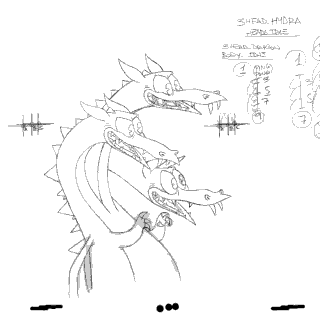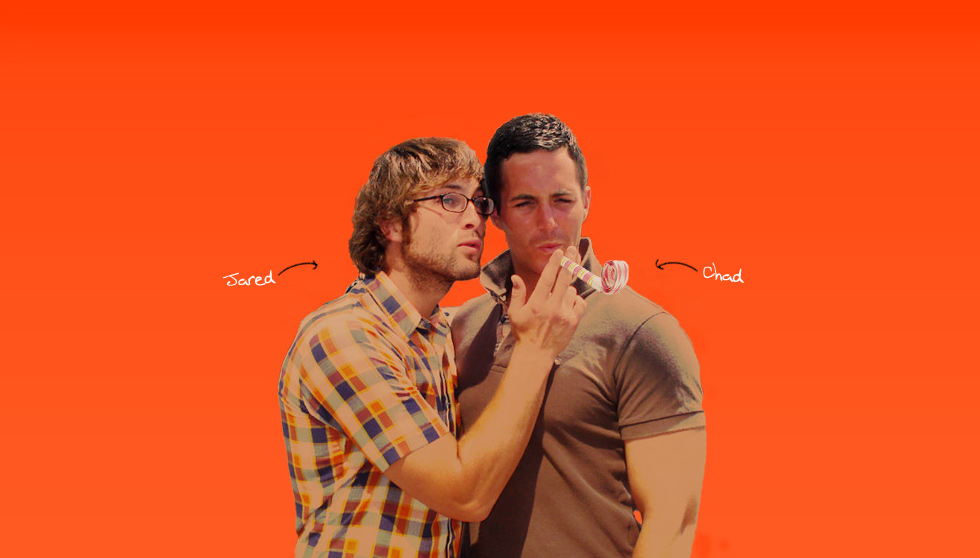It's the best thing since sliced bread: Introducing a new game, the likes of which you've (never) seen before!
After several grueling years of development, Chad and Jared Moldenhauer finally released Cuphead in September. The two brothers quit their jobs, risked their finances, and dedicated countless resources to making their dream project a reality. They faced significant roadblocks along the way, the biggest of which being their scarce budget. Even after remortgaging their houses and developing a larger team, the brothers were forced to limit their creative pursuits only to the ideas that would stay most faithful to their shared vision. The team couldn't afford to waste time on ideas that didn't spark their passion: especially because every animation was drawn by hand.

Like most of the creatives we've discussed throughout the course, the Moldenhauer brothers relied on collaboration to realize their goals. Part of their collaboration meant dividing and conquering; each member of the team largely specialized in the area of their expertise, so communication during brainstorming was essential in order to figure out not only which ideas were most interesting but also which could feasibly be implemented.
Cuphead is praised most for its stunning aesthetics. Although traditional animation takes far longer to create than its digital counterparts, it was more of a blessing than a curse for StudioMDHR. It allowed the team to mimic early animation--drawing inspiration from Steamboat Willie, Popeye, and Betty Boop--to create a memorable, nostalgic, and wholly unique design among modern games. MDHR complemented the visuals with a soundtrack inspired by big band music of the era. Coupling this "love letter to the 1930s" with the 2D platformer/run-and-gun style of gameplay--pioneered in the 1980s and 90s--makes for a seemingly-simple game that is unlike any other in the industry.
The surreal 1930s cartoon style also fueled the brothers' respective creative processes. While many game designers are trapped by the realism of their graphics, MDHR embraced the malleability of the style they chose to create bosses and game mechanics that, ultimately, are far more interesting to encounter than anything found in nature.
In part, the character designs are so fascinating and outlandish because they were not planned from the outset but rather built and expanded by the introduction of gameplay mechanics. As part of his YouTube series, Game Maker's Toolkit, Mark Brown describes the mechanics designed to test a player's reflexes, skill, and memory of attack patterns. In IGN's video interview of the Moldenhauer brothers, Chad and Jared describe how their designs expanded and adapted to the introduction of new challenges to the player. Whether these challenges meant a "bullet hell" maze of projectiles or boss transformations--in which they change not only in their appearances but also the difficulty and variety of their attacks--each one meant a new innovation that would make the game more compelling. MDHR demonstrates that gameplay and visual design are inseparable components that make video games an interactive art form.
Buy the game. Support the boys. And most importantly, allow yourself to shed some angry tears when Cagney Carnation keeps killing you.
References:
http://www.gamesradar.com/we-quit-our-jobs-remortgaged-our-houses-how-relentless-passion-made-cuphead-a-reality/
https://www.youtube.com/watch?v=5danTXIPdEY
https://www.youtube.com/watch?v=F8T6Ul4aHTI
https://www.youtube.com/watch?v=33daZtTw9wg&t=8s

No comments:
Post a Comment
Note: Only a member of this blog may post a comment.